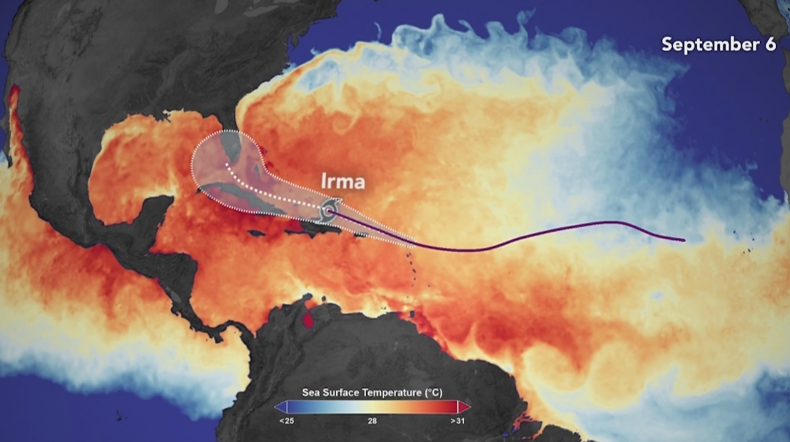New NOAA satellite expected to improve weather forecasting
By: CBS58 Staff
Posted: Nov 3, 2017 7:15 AM CST

-
1:04

Wisconsin Christmas movie featuring Packers legend Ahman Green...
-
0:29

Santa visits NICU babies at St. Joseph’s in Milwaukee 🎅
-
0:40

Milwaukee soldier surprises sisters by making it home in time...
-
1:07

Congrats graduates! Hundreds of UWM students walk stage to begin...
-
0:57

Paradise Springs Nature Trail
-
1:37

Man dragged for 4 blocks in deadly hit-and-run in Watertown,...
-
5:52

New Businesses Open in Downtown Racine and more!
-
4:20

Milwaukee dancer balancing ’The Nutcracker’ and motherhood
-
4:33

Marquette’s ’On Your Marq’ named Program of the Year by...
-
4:12

‘I found my voice’: Turkish artist brings traditional water...
-
4:56

Racine Family YMCA Celebrates 150 Years!
-
5:42

Reviews of ’The Housemaid’ and ’Song Sung Blue’ in Racine...
In just one week the nation will add a powerful new tool to its weather satellite fleet. On Nov. 10,
NASA will rocket the newest NOAA weather satellite into space. The Joint Polar Satellite System-1, or
JPSS-1, will be a powerhouse, providing scientists and meteorologists with vital data about a variety of
weather-related extremes like hurricanes, floods, blizzards and wildfires.
 The satellite will also play a
The satellite will also play a
critical role in improving the accuracy of forecasts from three to seven days out.
JPSS-1 is a polar-orbiting satellite that will collect planet-wide measurements 14 times a day from 512
miles above Earth’s surface. That kind of complete, global coverage, combined with critical
observations from other weather satellites, like the GOES series, leads to more accurate forecasts.
Having a clearer picture of your weather forecast not only helps you plan your weekend — it also helps
meteorologists and emergency managers make important life-saving decisions about how to prepare
their communities. - NOAA
Sign up for the CBS 58 Newsletter

